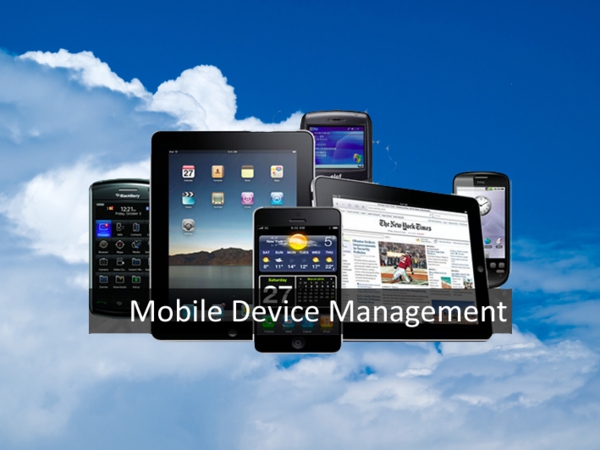<p>In the business world, there is a growing need for employees that want and need to have access to information such as email, even when they’re not at work. As the use of smartphones and other mobile devices such as tablets and laptops are becoming a common staple for employees in and out of the office, a growing question is will IT departments be able to support the growing number and types of personal devices that are entering the office and how will they do it? Traditional mobile device management strategies don’t have the ability handle all of the necessary business needs. What exactly is the most efficient and effective way to manage multiple devices while ensuring that critical, important information is well-protected?<br />
Mobile Device Management (MDM) is a popular topic of conversation with businesses partly because of the demand of employees needing to have mobile access and because of all the opportunities that mobile devices can create for businesses. With mobile devices becoming more essential in our everyday lives, monitoring to ensure seamless integration and efficiency is also growing in importance as well.<br />
IT departments have taken on a big challenge in being able to monitor and service all of the multiple mobile devices in a business. They have to identify which devices on the network are employee-owned, choose the appropriate platforms to offer to users, provide secure access and monitoring of systems, appropriately handle what to do when devices are lost or stolen, and manage the purchasing and distribution of applications.<br />
MDM is a software responsible for securing, monitoring, managing, and supporting mobile devices that are utilized by service providers and mobile users. Similar to how administrators monitor and make changes to desktop computers, an MDM tool provides the same service for any mobile device. Not only is an ideal MDM platform compatible with the use of all mobile devices, it should be able to work with one service provider or even multiple service providers. Another strong trait of a good MDM tool is its ability is to provide applications, data and configuration settings over-the-air to mobile devices including phones, tablet computers, printers, etc. to both company/employee-owned and consumer-owned devices.<br />
MDM reduces cost-related support and business risks by controlling and protecting network data and configuration settings for mobile devices. MDM is important in enhancing the function and security of a mobile device network while also effectively minimizing cost and most importantly, downtime.<br />
The server component part of MDM sends commands and controls to a mobile device and the client component that receives it, is responsible for implementing and executing them. Not only is this more of an effective method for mobile devices to receive updates and maintenance, but it’s also more efficient way to keep up with the constant, rapidly changing distribution of software to consumers and employees. This is an example of technology coming a long way from the time you had to have a hard connection to the device or install a SIM to get updates to your devices. Central remote management offers another way to sync and update mobile devices that weren’t present before. With simple access to a web portal from any mobile device, now employees and consumers can easily update one or multiple devices.<br />
Investing in a solid, efficient MDM tool means less worrying about risk, downtime, or inefficiency and more peace of mind when it comes to the endless, unlimited possibilities of being able to use a variety of mobile devices in the workforce.<br />
GMS Live Expert is your 24/7 Help Desk Expert, find out more here.</p>

A Primer On Mobile Device Management
